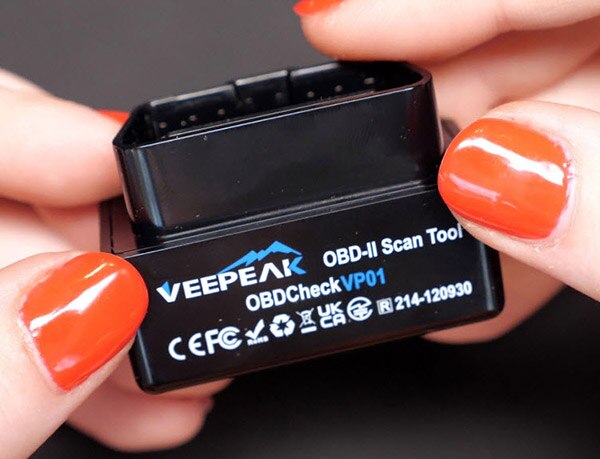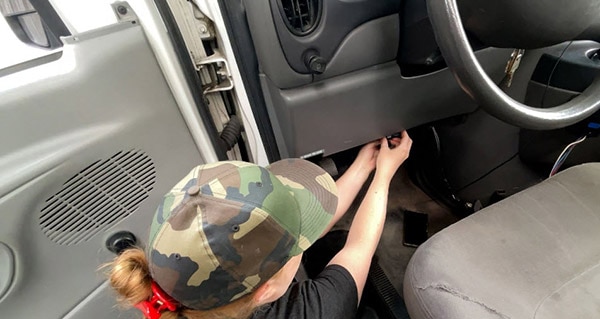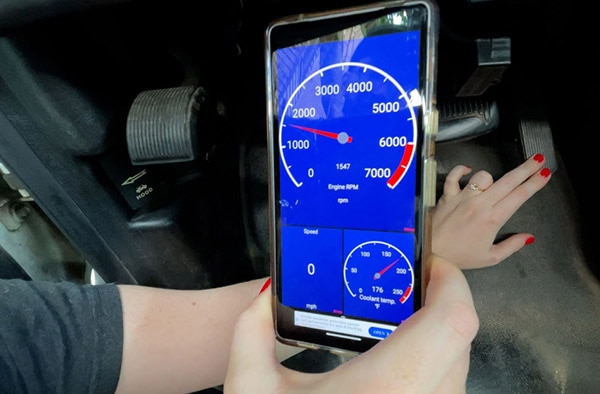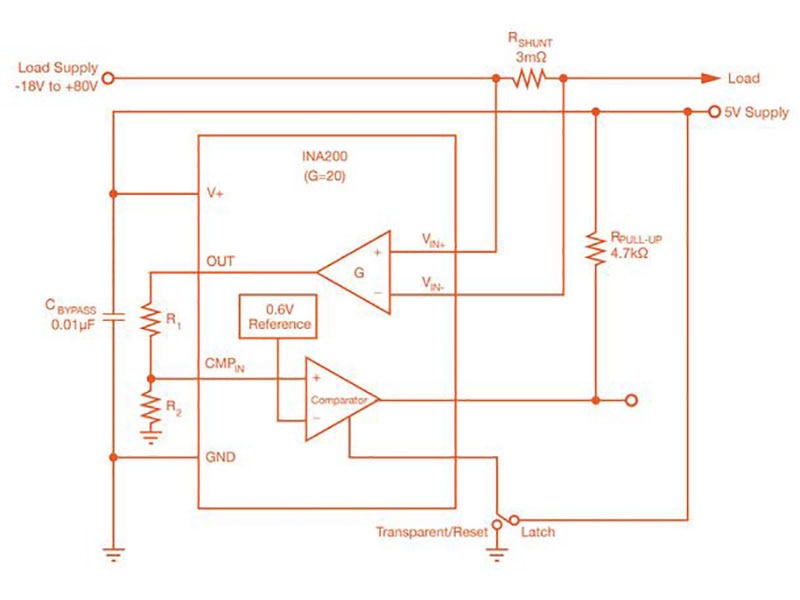Explore Your Car's Electronics with OBDII and Automotive Sensors
2024-09-17 | By bekathwia
Have you ever wondered what electronics power the things you drive?
In this post, we'll discover the electronic sensors inside cars and other vehicles. Watch the video to hear from a special guest expert interview to dive deep into this topic.

You might be surprised that there are many sensors in modern vehicles, even relatively old ones like my 2006 cargo van. We’ve engineered electronic interventions into every system of the combustion engine, like oxygen sensors to help control the fuel-air ratio, temperature sensors to monitor the coolant and control the radiator fan, pressure sensors for the tires, and wheel speed sensors for the anti-lock brakes, just to name a few.
And as the years go on, the number of electronic features in your car, and therefore components, just keep going up. Adaptive cruise control (a feature that makes your car match the speed of the car in front of you) uses a distance sensor in the front, usually radar, laser, or lidar, as well as speed sensors and accelerometers to make your car keep up or slow down.

I never drove a Model-T, but I did drive a ’70s motorcycle, and it’s super clear that modern electrical interventions in vehicles were first focused on making the vehicle run reliably. For instance, to adjust the fuel-air mixture on my old Honda, I’d have to turn a knob on the carburetor and listen for the difference in the sound of the engine. Using an oxygen sensor to control this ratio is far more convenient, and precise, which makes for a more reliable vehicle.

My old bike didn't have an electronic brain, just a collection of 12v circuitry wired up to a battery. The transition to sensor-driven engine intervention required the creation of an automotive computer to host and connect all the various smarts. And that part, called an Electronic Control Unit or ECU, has an industry standard for communicating with its computer, called OBD, which stands for On-Board Diagnostics. It was originally developed as an emissions and performance tool but has grown to include all interchange of digital information between the ECU and a diagnostic scan tool. OBDII requires a standardized 16-pin connector and became required for all cars starting with model year 1996.

So that means anybody can do what I’m doing – I looked up where my vehicle’s OBDII port is, and plugged in an OBD Wifi device that streams the data to my iOS or Android device. There are a lot of OBD apps out there, but I’m using Car Scanner ELM OBD2 because it works on both platforms and lets you see the most data at its free tier compared to the other apps I tried.

It's cool to see all the sensors on one screen in the app. This gave me an appreciation for the high level of complex intervention affecting every aspect of operating a vehicle and the intention of the design and engineering behind each part. I think that learning about your vehicle through an OBD tool is a great way to get started with automotive sensors.
Most people get into using this setup because their car has a weird error, and this is an inexpensive way to use your tech smarts to figure out if it’s a real issue in need of your mechanic’s help, or if the computer just needs to have an error message cleared. I’ve had my Vespa die on me, only to find out $150 later it was just a computer error that needed resetting. Now I’ve got the OBD adapter for my scooter and can interact with the ECU any time I want.

But I’m not an expert on this subject, so I thought I’d consult someone who is. I met Neiko Rivera aka Specters at Open Sauce– he’s a Security Researcher who agreed to talk to me more about the latest in automotive security. He’s contributed to many group projects including with fellow hacker Sam Curry.
The car industry hires individuals to hack their systems proactively so that they can discover vulnerabilities in their products. These hackers are called “White Hat” hackers, which Neiko is, as opposed to those who try to exploit the discovered vulnerabilities without trying to help, called “Black Hat.”

In the interview, Specters shared how Sirius XM has more control over your car than you think, what the CAN bus is, and how it can be hacked. Then, he talked about the future of car sensors with new accident-avoidance technology and reminded us that new technologies are always a balance between safety features and security risks.
To learn more about Specters' journey as a car hacker, be sure to watch the full video.
Have questions or comments? Continue the conversation on TechForum, DigiKey's online community and technical resource.
















